Virginia Allen was just 16 years old when she joined the nursing staff at Sea View Hospital in New York City, a facility that opened specifically to address the millions dying of tuberculosis, also called “consumption”. At the time, the highly contagious illness was poorly understood and many white healthcare workers refused to help.
Allen was one of the thousands of Black nurses— the “Black Angels”—who stepped up, joining her aunt Edna Sutton Ballard at the Staten Island hospital.
It was a “rich work experience [and] when I look back over all of those years, it has really been a phenomenal journey,” Allen remembers. “ They were phenomenal nurses… the relationship that those nurses fostered, they were like family. Each one helping the other.”
The Black Angels did more than simply provide medical care. They facilitated the development of a cure for tuberculosis, helped desegregate hospitals in New York, and fought a war against a disease that continues to kill millions of people worldwide annually.
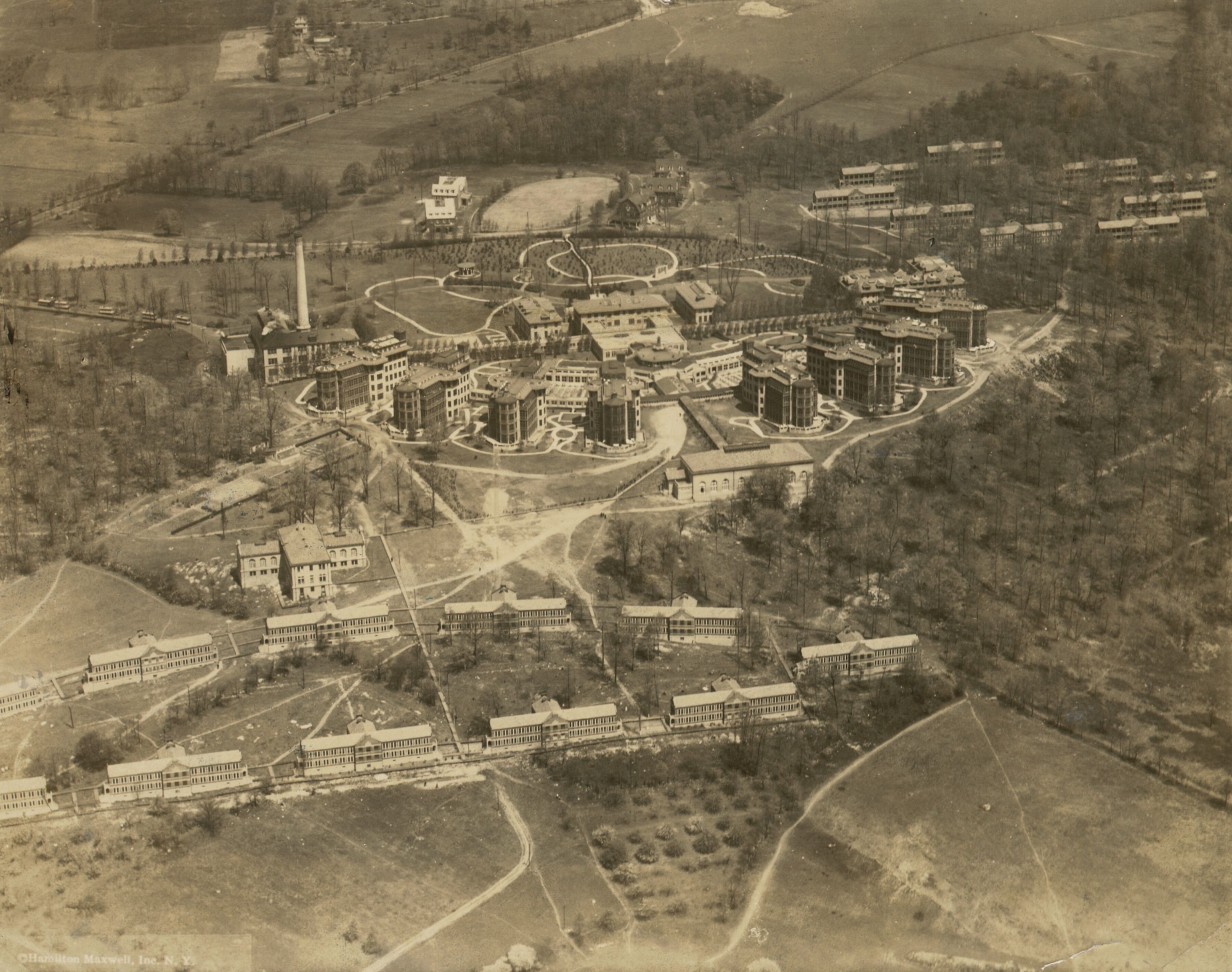
An aerial view of Sea View, which opened in 1913. The hospital’s innovative plan featured eight rectangular patients’ pavilions, each with open-air porches and sun rooms.
Photograph by NYC Municipal Archives/The New York Times/Redux
In her book The Black Angels: The Untold Story of the Nurses Who Helped Cure Tuberculosis, Maria Smilios tells the story of these brave healthcare workers who cared for patients shunned by society. Women like Allen, including Kate Gillespie, Clemmie Phillips, Marjorie Tucker Reed, and Missouria Louvinia Meadows-Walker, left the familiarity of home for a better life. They faced racism, understaffed facilities, and insufficient resources, yet persevered to provide critical health care for those most in need.
Exodus from the Jim Crow south
Edna Sutton Ballard, a preacher’s daughter, arrived in New York City from Savannah, Georgia, at the end of the 1920s. She was one of thousands of individuals who left the Jim Crow South as part of the so-called Great Migration. Ballard and others went north to find economic opportunities and escape racial violence and oppression. Armed with her faith in God and a stalwart determination to make a better life for herself and her younger sister, Ballard became a nurse at Sea View Hospital in 1932.

Inspiring exploration for over 130 years
Subscribe now a get a free tote
Sea View Hospital was overrun with tuberculosis patients at the time, and white nurses fled the facility. In their stead, Sutton-Ballard and other Black nurses began working at what was considered a “pest house.” The nurses reminded patients of their humanity in the face of a deadly incurable illness.
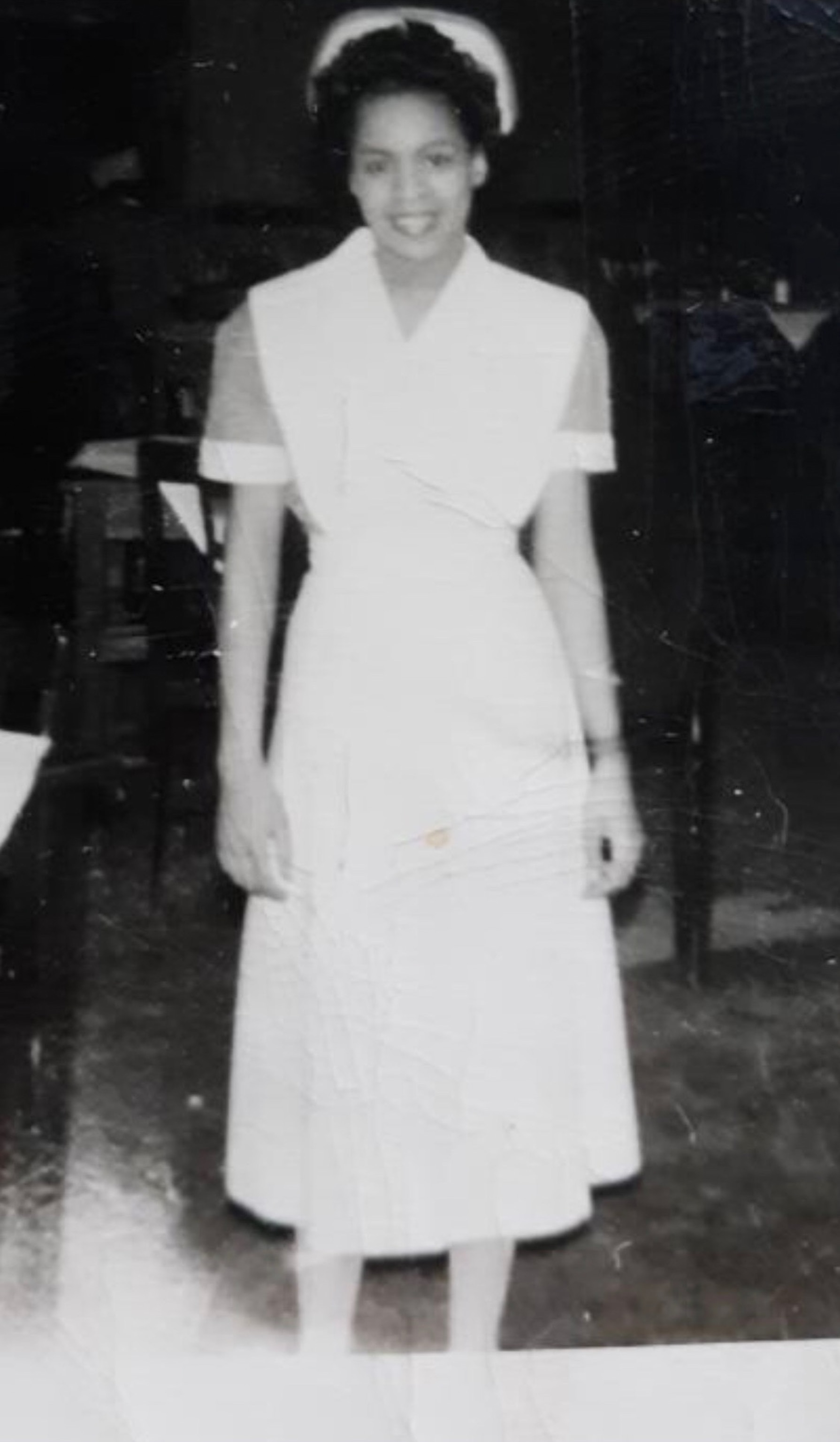
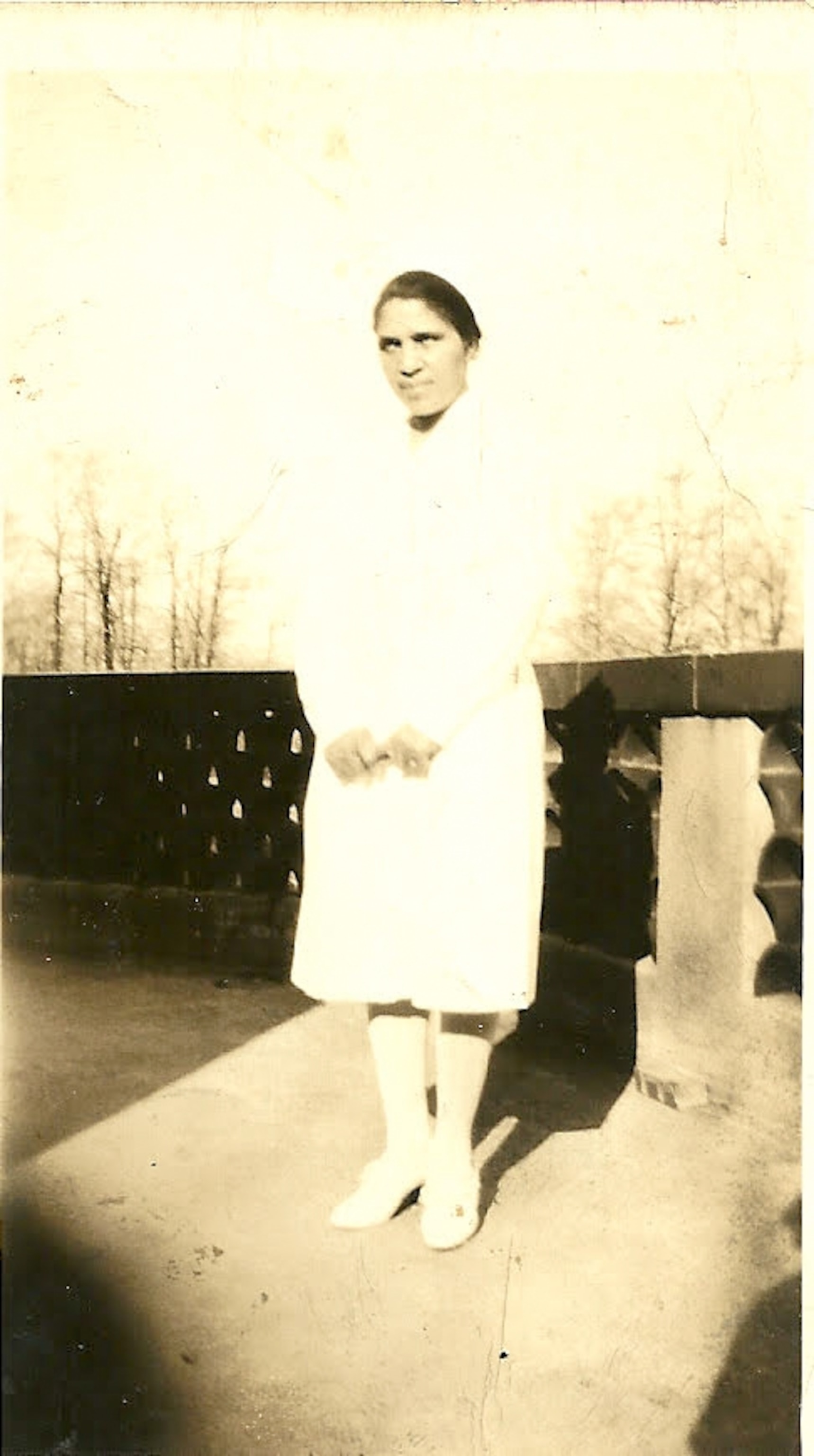
Women such as Marjorie Tucker Reed (left) and Kate Gillespie (right) left their families and homes in search of a better life. Finding themselves in an understaffed, under-funded, and prejudiced space, these nurses persevered to provide critical care to vulnerable populations.
Photograph Courtesy Bernice Alleyne (Top) (Left) and Photograph Courtesy the Gillespie Family (Bottom) (Right)
Some patients did get better at Sea View, where their symptoms were treated, but the underlying disease remained. Often, patients would leave only to return in worse condition. Many patients lost their battles with tuberculosis without anyone but the Black Angels left to mourn their passing.
Nurses like Sutton Ballard did not just face disease on the floors of Sea View Hospital. Racism was rampant and prompted the establishment of the National Association of Colored Graduate Nurses, a body that set its sights on integrating Black nurses into the American Nursing Association and also into New York hospitals in 1934.
Some nursing leaders believed that integration would lead to white nurses leaving the field, while the president of hospitals implied Black nurses were expendable, noting, “In twenty years… we won’t have a colored problem in the United States of America because they’ll all be dead of tuberculosis.”
It was not until 1946 that every hospital began to hire Black nurses. The American Nursing Association, for its part, did not welcome Black nurses into the organization until 1948.
Finding a cure for tuberculosis
With the world entrenched in the Great Depression (1929-1939), the Black Angels continued to care for the sick and the poor who entered Sea View’s doors.
You May Also Like
Physician Edward Robitzek, whose father had died of tuberculosis, spent the early 1940s examining the bodies of patients in Sea View’s morgue. His efforts to understand and cure tuberculosis coincided with the discovery of streptomycin in 1944.
Streptomycin temporarily suppressed tuberculosis but was not a cure for the disease. Its use did lower the number of tuberculosis patients in New York hospitals, and tuberculosis wards began to close. Nursing shortages in 1946 made the work of the Black Angels even more essential, however.
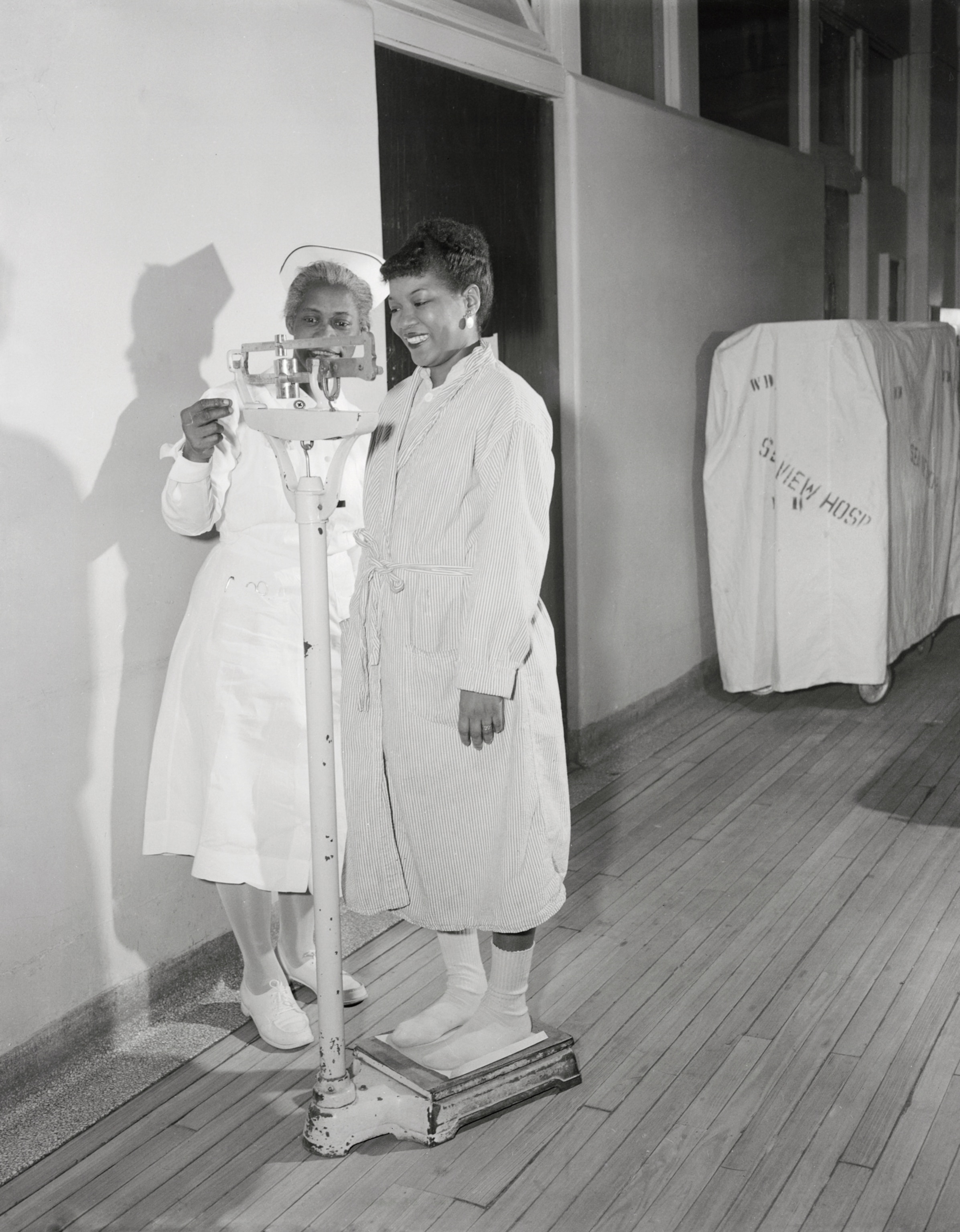
Gloria Sydnor, of Brooklyn, weighs in on a scale at Sea View Hospital, as Nurse Supt. Allean Brown looks on. She was one of nearly 200 patients at the Staten Island hospital who saw great progress with a new treatment for TB.
Photograph by Bettmann/Getty Images
At Sea View, the Black Angels administered streptomycin to patients, but inconsistency in patient improvement and signs of streptomycin resistance signaled the “cure” lacked the efficacy it once promised.
A new drug called isoniazid emerged in 1950 as a beacon of hope. When it came time to conduct trials, the nurses at Sea View were the best equipped to conduct the first human trials in what was called by one journalist “the most grandiose experiment ever undertaken in the history of medicine.”
The efforts of Dr. Robitzek and the Black Angels proved that the drug was effective, but when the National Tuberculosis Association found out about Sea View’s involvement, they told Robitzek and Selikoff to keep their findings under wraps. However, the story of Sea View’s involvement did reach the press.
Honoring the Black Angels today
Virginia Allen, who now resides at the living facility amid the ruins of Sea View’s remaining pavilions, is one of the last surviving Black Angels, along with Curlene Jennings Bennett. “I was there for 10 years; I started in 1947 and left in 57/58,” Allen recalls. “I was here before the cure, during the trial, and after the cure.”
“We were not the Black Angels,” she adds. “We were nurses dedicated to doing our jobs and making sure the patients were safe and well taken care of… it’s a calling.”
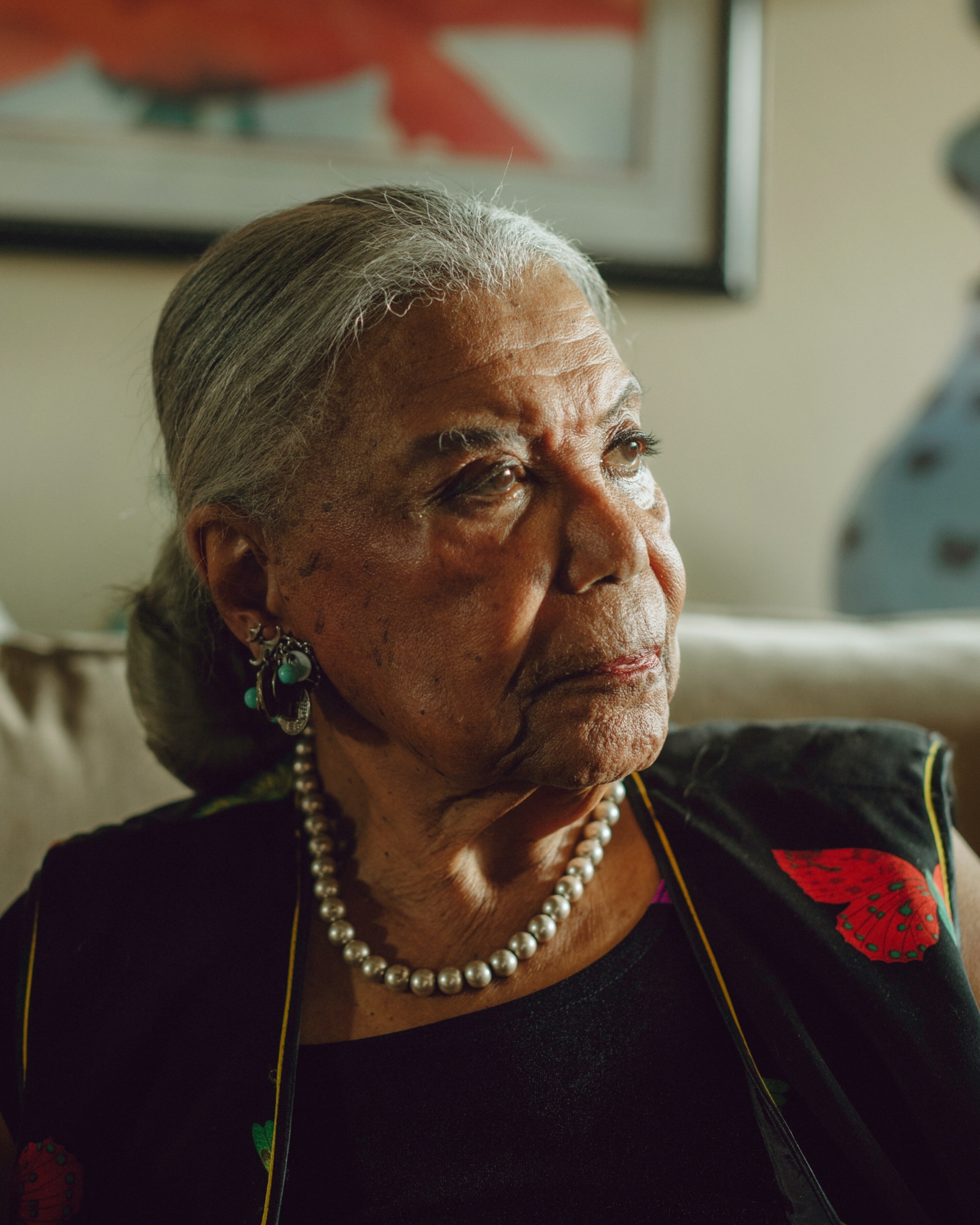
Virginia Allen in her apartment at Park Lane at Sea View on June 14, 2023. Originally the Sea View Hospital nurses’ residence, the building was renovated in 2009, and Allen now makes her home on the same floor of the same building where she lived in the late 1940s.
Photograph by Jasmine Clarke, The New York Times/Redux
This is something Allen says often and is at the heart of who she is. Just like Allen followed in the footsteps of her aunt, the family tradition and the legacy of Sea View continued. Her daughter also became a registered nurse—”because she knew about my past, my attributes rubbed off on her,” Allen says.
Today, TB remains the world’s most infectious killer. High-risk countries can be found across the Americas, Europe, Africa, and Asia. And while the chance of infection in the U.S. is one of the lowest in the world, rates in this country have increased steadily since 2020, and a recent outbreak in Kansas City, Kansas, has gained national attention and concern.



